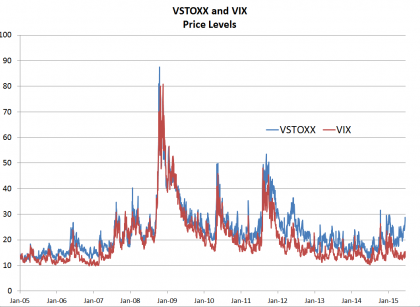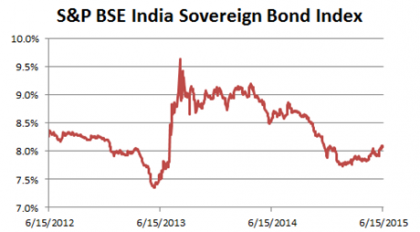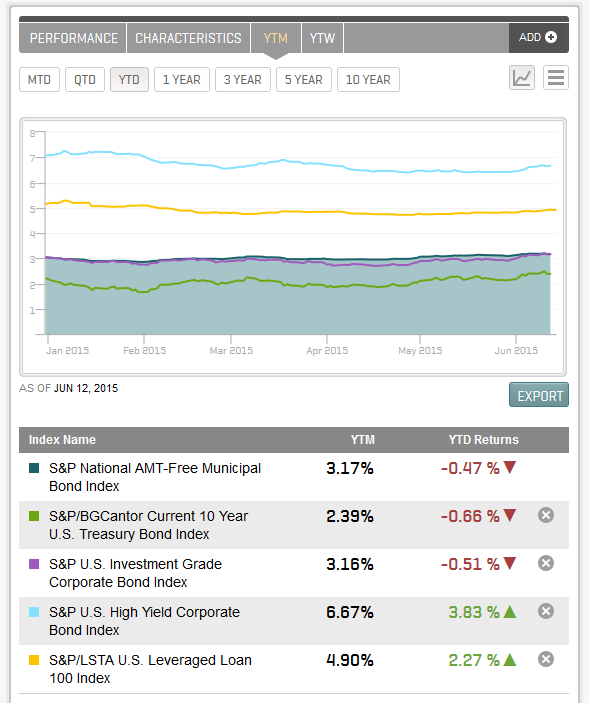This is the fourth blog in a series on the evolution of Australia’s tax-aware investment management (TAIM) landscape.
The Super System Review of the superannuation industry was completed in mid-2010, a year after the industry crossed the AUD 1.1 trillion asset mark. The Review included an observation that although taxes are often the single biggest expense for most super funds, the Australian fund management industry, unlike its US counterpart, had no obligation to calculate or report after-tax returns for its funds. In addition, the Review noted that there was a near-universal use, by super trustees, of pre-tax market indices as benchmarks against which fund managers were assessed and remunerated. For example, the most commonly used benchmark in large-cap Australian equities is the S&P/ASX 300, a pre-tax benchmark incorporating the 300 largest companies listed on the ASX by float-adjusted market capitalization. But what of taxes? As a ‘cost’ of investing shouldn’t they too be incorporated into the evaluation of manager performance? And if they were, would it change pre-tax performance outcomes when viewed through a post-tax lens?
In accordance with its views, the Review made a recommendation to include an obligation on each super trustee to explicitly consider the tax consequences of its investment strategy, a change adopted into super legislation with effect from 1 July 2013. Due consideration must now be given to the overall investment strategy not just in respect of risk/return, adequate diversification, liquidity and costs, but also the expected tax consequences of investments held by each fund.
One of the more intriguing insights into the effect of taxes on active management was provided by Tad Jeffery and Rob Arnott (co-founder of Research Affiliates) in 1993 in a paper entitled ‘Is Your Alpha Big Enough to Cover Its Taxes?’ To answer this strikingly simple question, Jeffery and Arnott reviewed the historical pre-tax returns of a range of U.S. equity mutual funds, calculating their post-tax equivalent returns. Their conclusion was that on average, the answer was a resounding ‘no’. The study, together with a number of subsequent papers, suggested that taxes have a significant negative impact on returns, in the range of 1% to 3% p.a., for the typical active equity manager. For most managers this tax-related return drag often exceeded the value added by active stock selection and timing.
To learn more about how to weigh your after-tax benefits, visit www.spdji.com/tax-aware.
The posts on this blog are opinions, not advice. Please read our Disclaimers.












